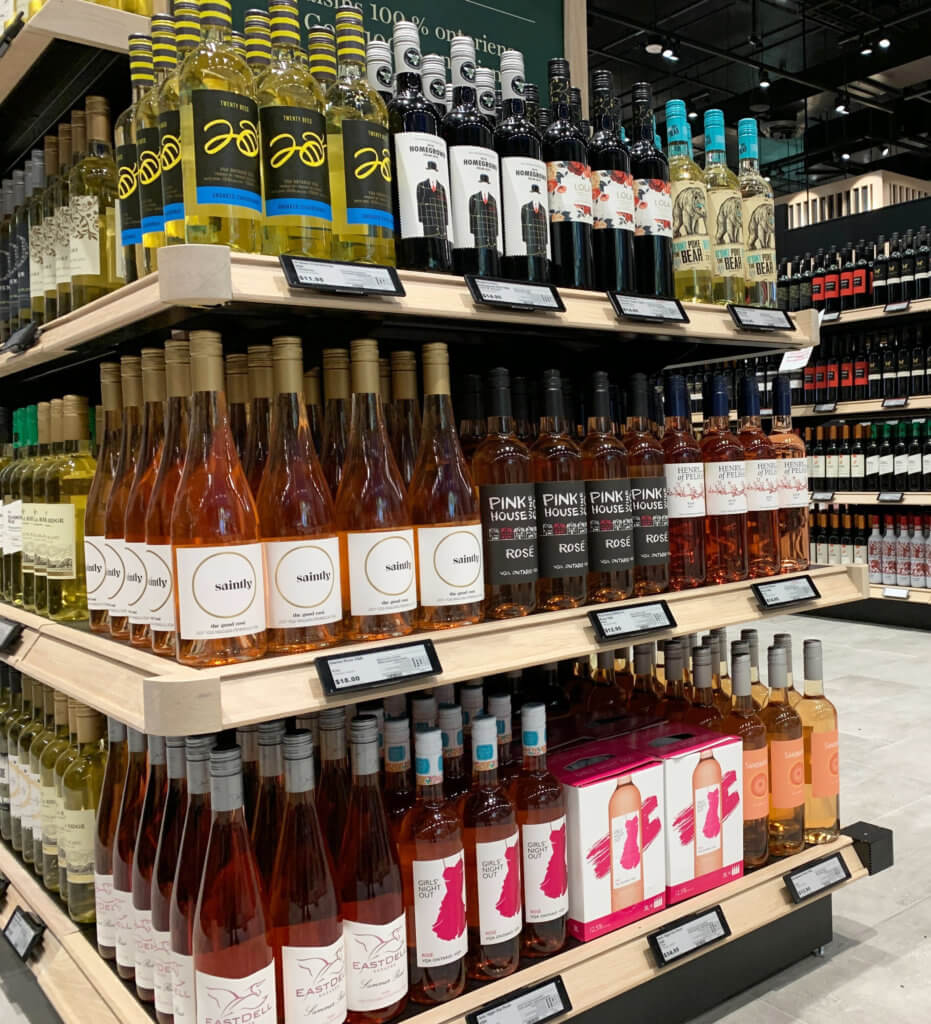As retail evolves and grows more competitive, businesses are looking for ways to deploy retail automation to help them stay ahead. You can improve customer satisfaction, efficiency, and even your bottom line by automating certain processes in your retail business. Below, we will explore what it is, how it can benefit your business and some of the challenges that come with it.
What Is Retail Automation?
This can be defined as the use of technology to automate retail processes. This includes inventory management, price changes, customer service, and more. Businesses can improve efficiency and accuracy by automating these processes while freeing employees to provide a better customer experience. It can also help businesses to keep up with the competition by reducing their need for manual labor.
How Can Businesses Deploy Automation In Retail?
- Automated and Self Checkouts
Automated checkout is becoming increasingly common in retail stores. Businesses can use machines to handle transactions to free up employees to help customers with other needs. Automated checkouts can also help reduce lines and wait times for customers. Some stores have even begun using self-checkout kiosks, which allow customers to scan and bag their items. This can further improve efficiency and reduce labor costs.
- Electronic Shelf Labels (ESLs)
This type of automation can be used to manage pricing and inventory. Electronic shelf labels, also known as Digital Smart Labels™, are connected to a point of sale or ERP system, allowing businesses to change prices in real-time, including providing up-to-date product information and inventory.
- Automated Inventory Management
Automated inventory management can help businesses keep track of their products. This can be done using RFID tags, barcodes, or other means. Businesses can automatically reorder products, track customer preferences, and track inventory data. This helps to improve accuracy and efficiency while also reducing labor costs.
- Automated Customer Service
Automated customer service is automation that can help businesses provide better customer service. This can be done using chatbots, virtual assistants, and other means. Businesses can improve efficiency and accuracy by automating customer service while freeing employees to provide a better customer experience.
How Does Improving Automation Directly Impact The Customer?
- Faster Checkout
One of the most obvious benefits of automation is that it can help speed up the checkout process. This is because businesses can use machines to handle transactions, which frees employees to help customers with other needs. Automated checkouts can also help reduce lines and wait times for customers. This means the customer can spend less time in the store and get on with their day.
- Improved Customer Service
Another benefit of automation is that it can help improve customer service and customer experience. Automation can help retailers provide their customers with a more responsive and reliable standard of service. Not only does this improve the customer’s experience with your business, it also helps to increase customer retention, boost satisfaction and loyalty, and raise sales.
- Accurate Pricing
Automation can help ensure accurate pricing. Businesses can use electronic shelf labels (ESLs) to manage pricing and inventory. ESLs are connected to a central system, allowing businesses to change real-time prices and product availability. This means that customers will always see accurate pricing information.
Conclusion
Retail automation is a growing trend in the retail industry. There are many benefits to deploying it, including improved customer service and increased efficiency—however, some challenges to deploying this automation include implementation issues and interoperability. Nonetheless, it will likely grow in popularity due to its many advantages.



